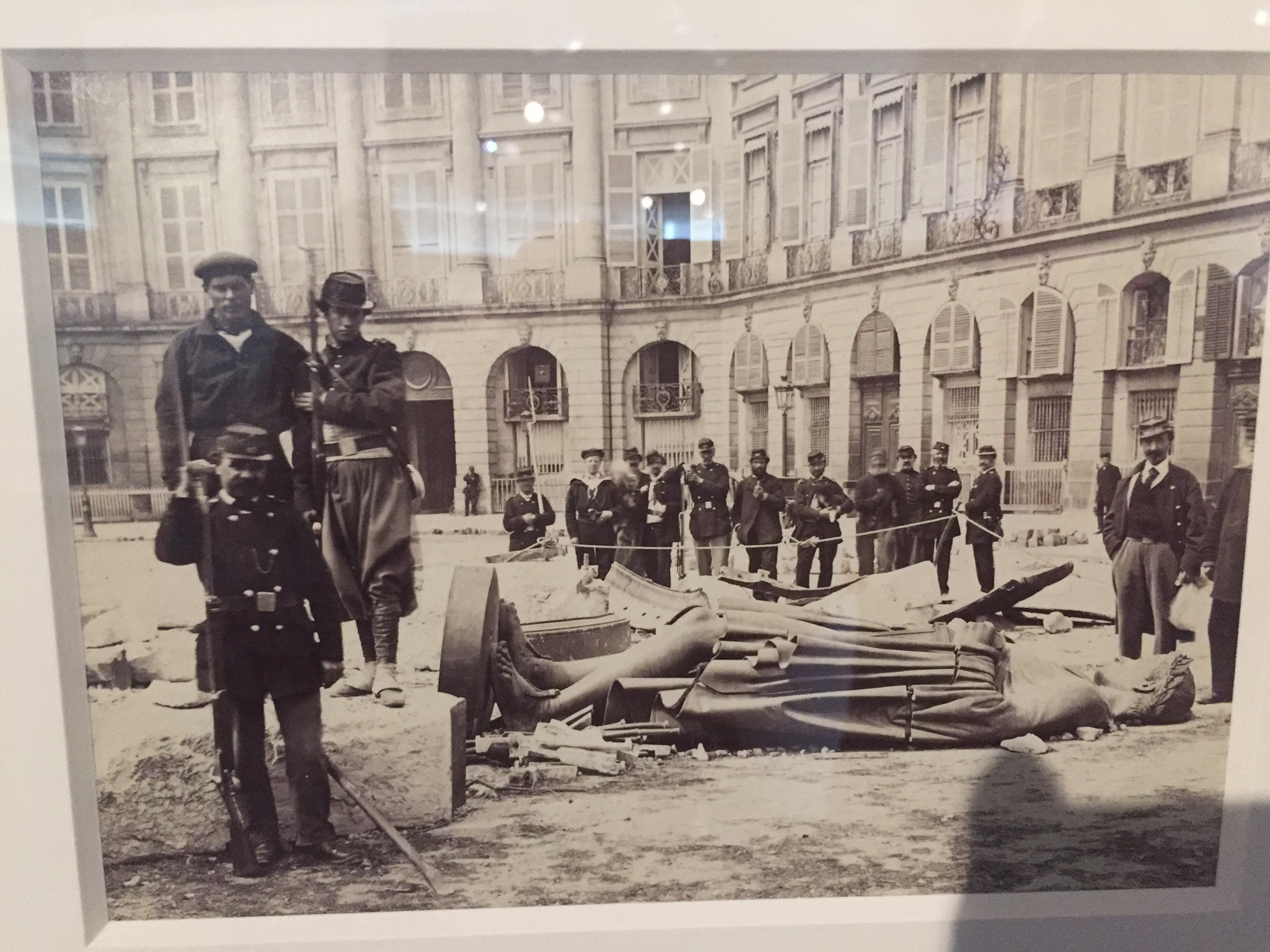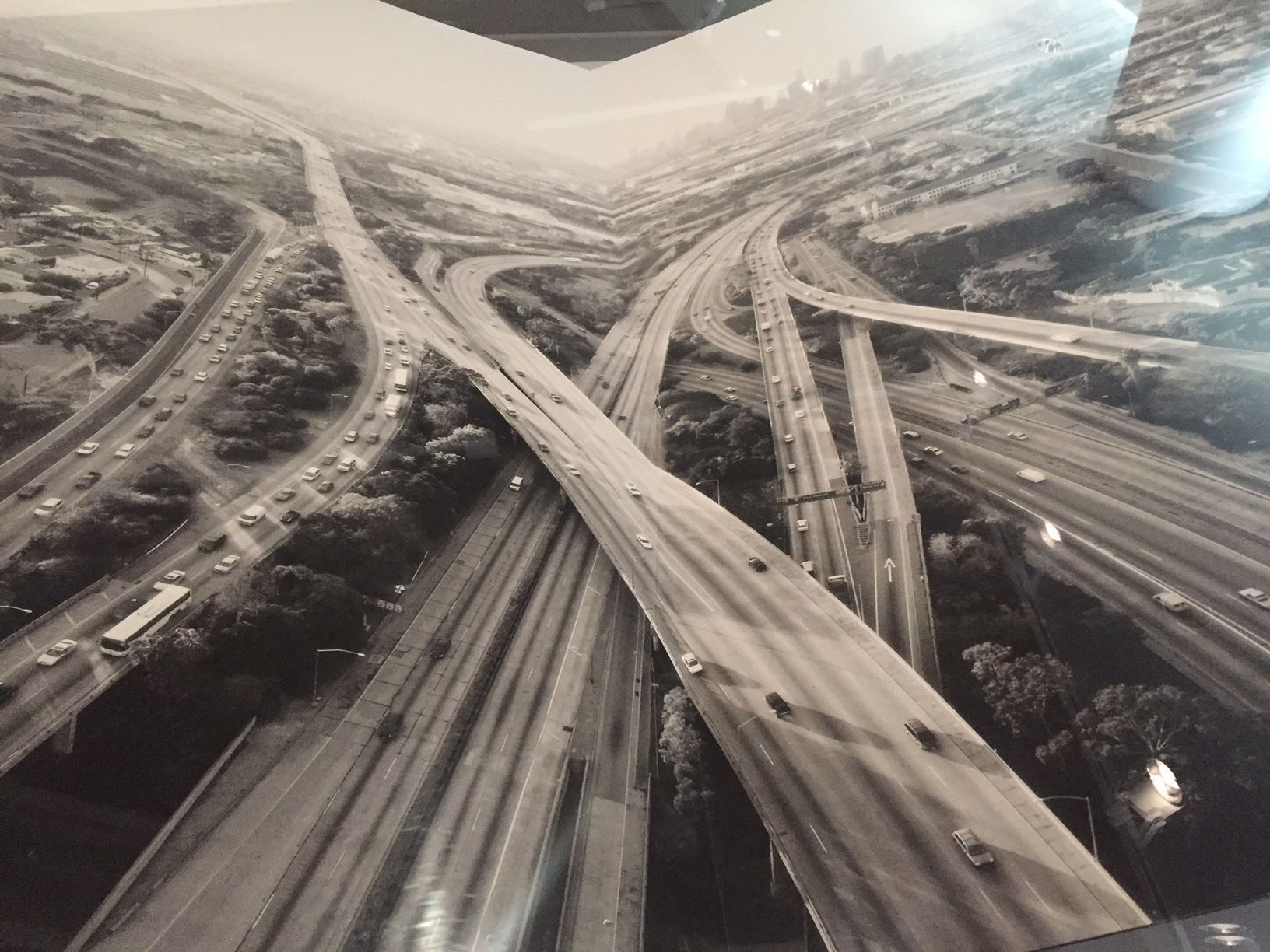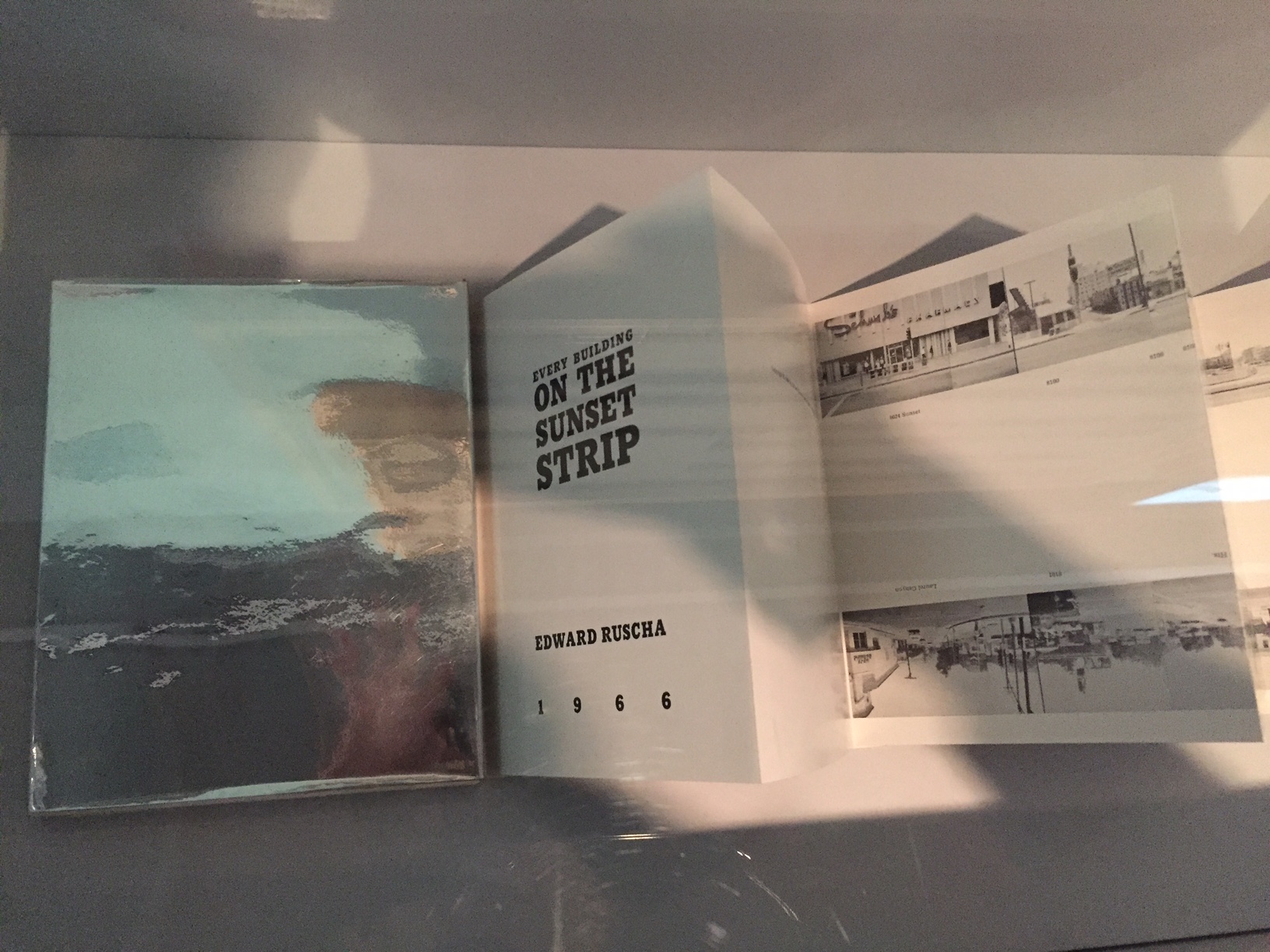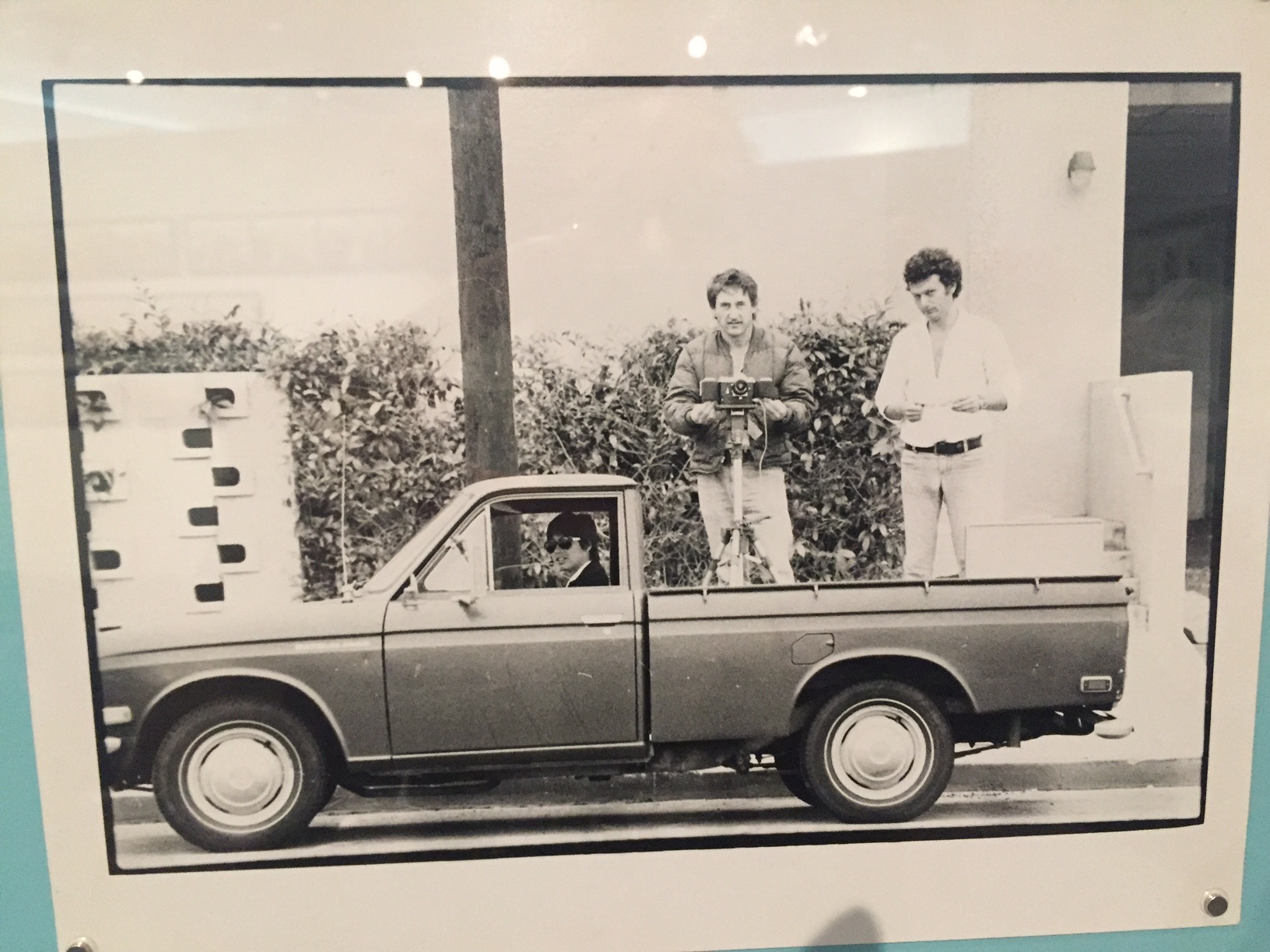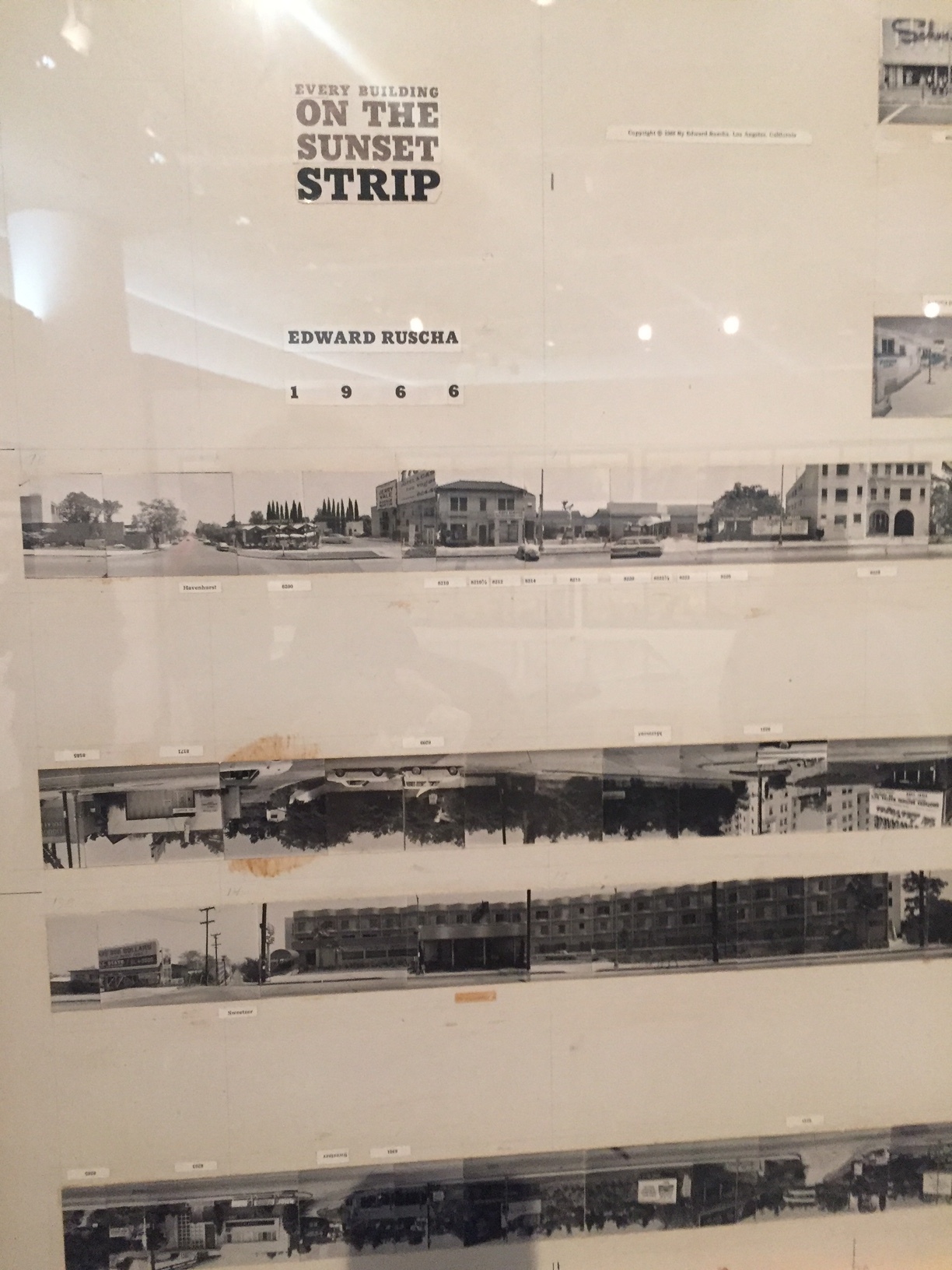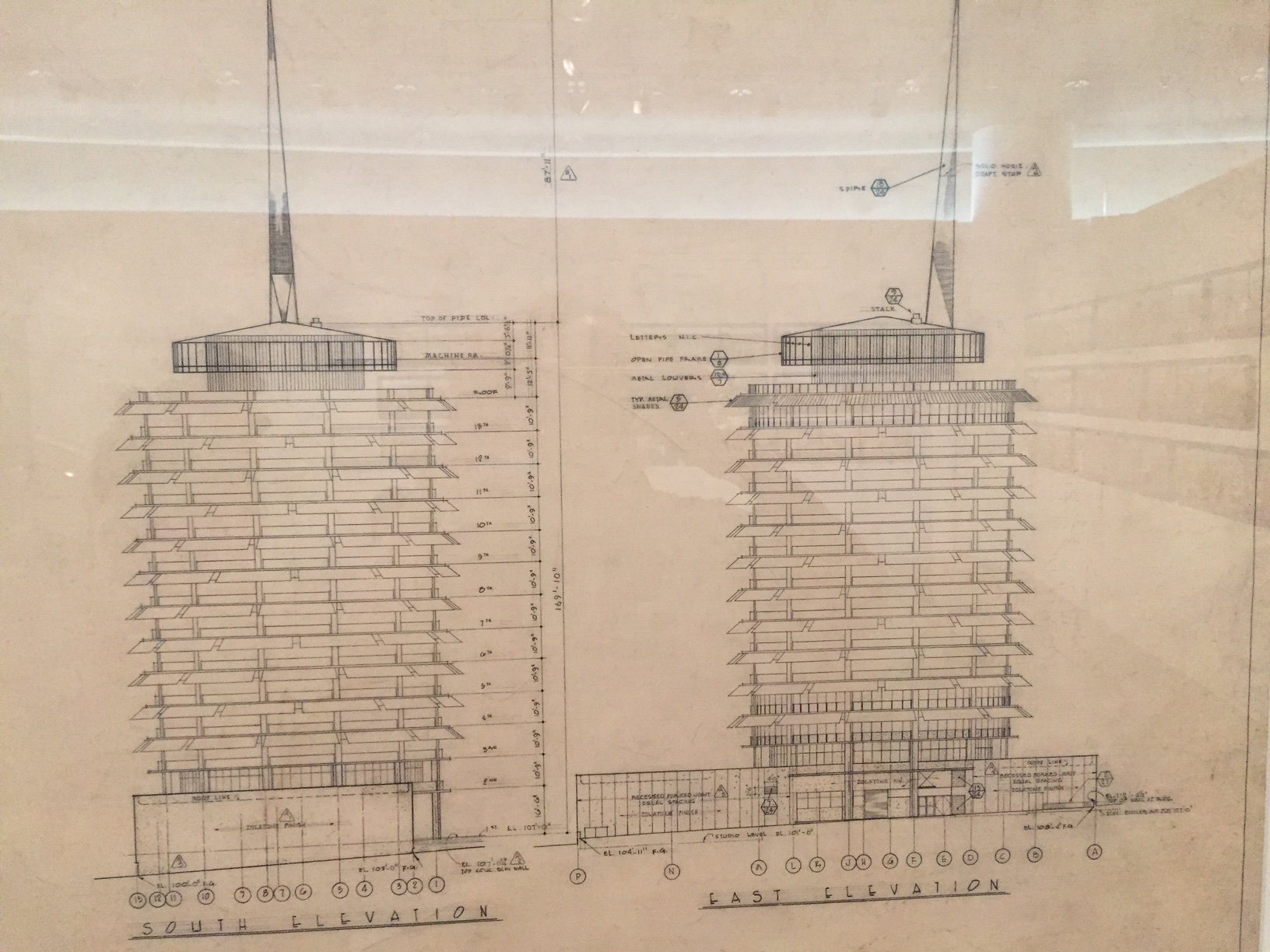This image of Dorothea Lange's from 1942 at the Getty --finally reopened, what a relief/thrill-- is particularly apt today, July 4th, when so many of our immigrants are either overtly or stealthily still under siege. Lange made haste to Little Tokyo in San Francisco after the bombing of Pearl Harbor to document the patriotism of this endangered community. Soon after the photograph was taken these children were interned for the remainder of the war. Forgive my compromised snapshot but you get the drift.
Pledge of Allegiance, Raphael Weill Elementary School, San Francisco, Dorothea Lange 1942, Getty Museum.
Monumentality at the Getty: an exhibition filled with solidity and whimsy
The Monumentality exhibition at the Getty Research Institute (in my opinion, always the venue of the great sleeper hits of Getty curatorial initiatives) is of a cosmic piece with the MoMA show on Yugoslav Concrete Utopias. It’s much smaller but it has as thesis that monumentality is not only defined by concrete but also other structures and natural objects that have a certain considerable mass and effect on the environment.
In particular it dials down on Los Angeles as a home to monumental structures that are more unconventional and opens one’s eyes to the very concept of monumentality.
It begins with Trajan’s Column in Rome, the Place Vendome copy in Paris, built, destroyed and rebuilt depending on the political whims of the French and their view of Napoleon, and Palmyra, Syria sites that are, alas, no longer with us.
But it quickly moves on to things one might not have considered ‘monumental’ at the outset and by the end of the small but pungent displays make a convincing case that the infamous Los Angeles freeways, the LA River, Virginia Dwan gallery’s Earthworks show, the Capitol Records building, Tacita Dean’s riff on a JG Ballard paired with the Smithson Spiral Jetty, and the Moon itself are also ‘monumental’.
My favorite is, of course, Ed Ruscha’s Every Building on the Sunset Strip. This small fold-over book, a personal talisman for me loaded with emotional freight, is here backed up by Ruscha’s handwritten production notes for the original shoot (plus a follow up video of Hollywood Boulevard, seen below). This conceptual piece—a pre-animation— has resonance well beyond his original intentions as it serves both as a marker of what once was on the street as well as a new definition of urbanity while more strictly traditional cities were in flagrante of this low-rise kind of density.
In an adjacent gallery, there is some overlap to the MoMA show especially in a charming film of the Yugoslav Tito-era Communist monuments which shows them in overgrown, grassy situ juxtaposed with interviews with locals who live adjacent to them. This verite film is priceless as it captures the solidity of the fantastical monuments as well as their (certainly unintended) whimsy. One commenter dryly notes that “without having moved a muscle” he has lived under 5 successive regimes.
In the museum there is the sublime Renaissance Nudes exhibition, monuments of an entirely other kind. The air is ultra clear and cool and after the fires, it is a splendid time to be in Los Angeles and a needed respite from the more dire news from our nation’s capital.

